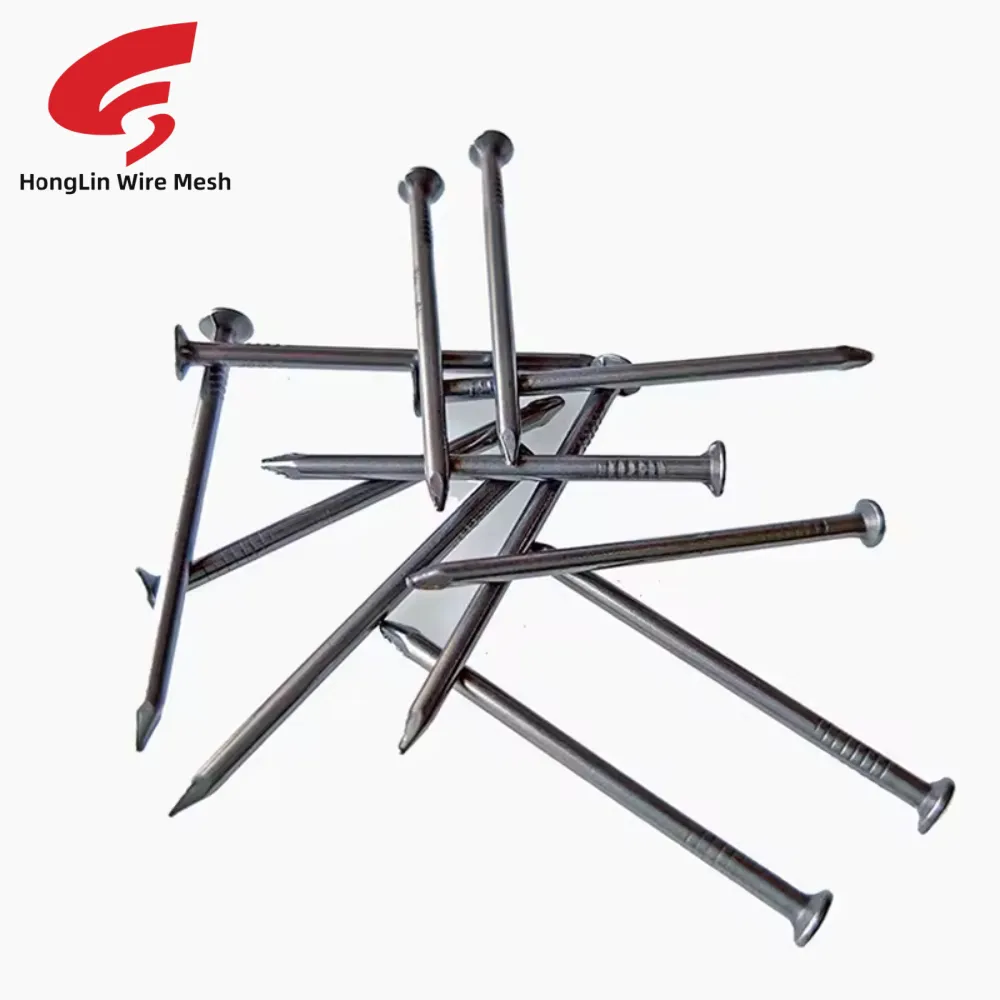Choosing the Right Nails for Your Redwood Fence Installation Project and Long-lasting Durability
Choosing the Right Nails for Your Redwood Fence
Building a redwood fence not only enhances the aesthetics of your property but also provides durability and longevity. One of the most critical aspects of constructing a redwood fence is selecting the right type of nails. The choice of nails ensures that your fence remains intact and robust against the elements. In this article, we will explore the best types of nails to use for a redwood fence, considering factors like corrosion resistance, size, and ease of installation.
Importance of Corrosion Resistance
Redwood is renowned for its natural resistance to decay and insect damage. However, this does not mean that the nails you use can be just any common variety. Because redwood contains tannins, which can lead to corrosion, it is essential to choose nails that are resistant to rust and corrosion. Stainless steel nails are often regarded as the best option due to their high resistance to rust. They not only hold up well in moist environments but also ensure that the integrity of your fence remains uncompromised over time.
Another excellent choice is hot-dipped galvanized nails. These nails undergo a process that involves coating them with zinc, providing a strong barrier against corrosion. While they are typically more economical than stainless steel, it is crucial to ensure they are adequately galvanized to withstand outdoor conditions.
Nail Size Matters
When constructing a redwood fence, the size of the nails you choose plays a crucial role. Generally, a 1 ¼-inch to 2-inch nail is suitable for most fencing panels. If you are working with thicker boards or in areas that experience high winds, opting for longer nails may be beneficial. Longer nails provide more grip and stability, ensuring that your fence can withstand various weather conditions.
In addition to length, the thickness of the nail is also important. A thicker gauge nail will provide more holding power but may require pre-drilling to avoid splitting the wood. Using a 16-gauge nail is often a good choice for a balance between strength and ease of installation.
Types of Nails for Different Applications
nails for redwood fence

There are various types of nails you can use for building a redwood fence, including
1. Common Nails These are the most widely used type for general construction. They are sturdy and effective for securing fence boards. However, given the risk of corrosion, selecting a galvanized or stainless steel option is recommended.
2. Ring Shank Nails These nails feature ridges along the shaft that enhance holding power, making them an excellent choice for fencing applications. Their design prevents them from loosening over time, especially in environments with temperature fluctuations.
3. Finish Nails These are thinner and have smaller heads, making them suitable for attaching trim or for situations where the aesthetic is essential. While they can be used for a fence, it is prudent to rely on thicker nails for the primary structure.
Installation Tips
When installing your nails, it is advisable to keep a consistent spacing—typically one nail every 16 inches—is effective for securing panels. Also, pre-drilling holes can help prevent the wood from splitting, particularly in older or more brittle pieces of redwood.
Additionally, consider using a pneumatic nail gun for quicker installation, especially if you're working on a larger fence. This can accelerate the process and help maintain consistent accuracy.
Conclusion
In summary, selecting the right nails for your redwood fence is vital to ensure its longevity and robustness. Prioritize corrosion resistance by choosing stainless steel or hot-dipped galvanized nails, pay attention to nail size for optimal stability, and choose the appropriate type based on your specific fencing needs. By doing so, you can create a beautiful and enduring redwood fence that enhances your property for years to come.
-
Innovations in Razor Barbed Wire Design TechnologyNewsAug.11,2025
-
Roofing Nail Compatibility with Different Metal Roof TypesNewsAug.11,2025
-
Welded Wire Mesh for Rockfall Protection BarriersNewsAug.11,2025
-
Galvanized Wire Corrosion Resistance TestingNewsAug.11,2025
-
3D Fence Solutions Preventing Bird CollisionsNewsAug.11,2025
-
Using Chain Link Fence for Urban Garden SupportNewsAug.11,2025




